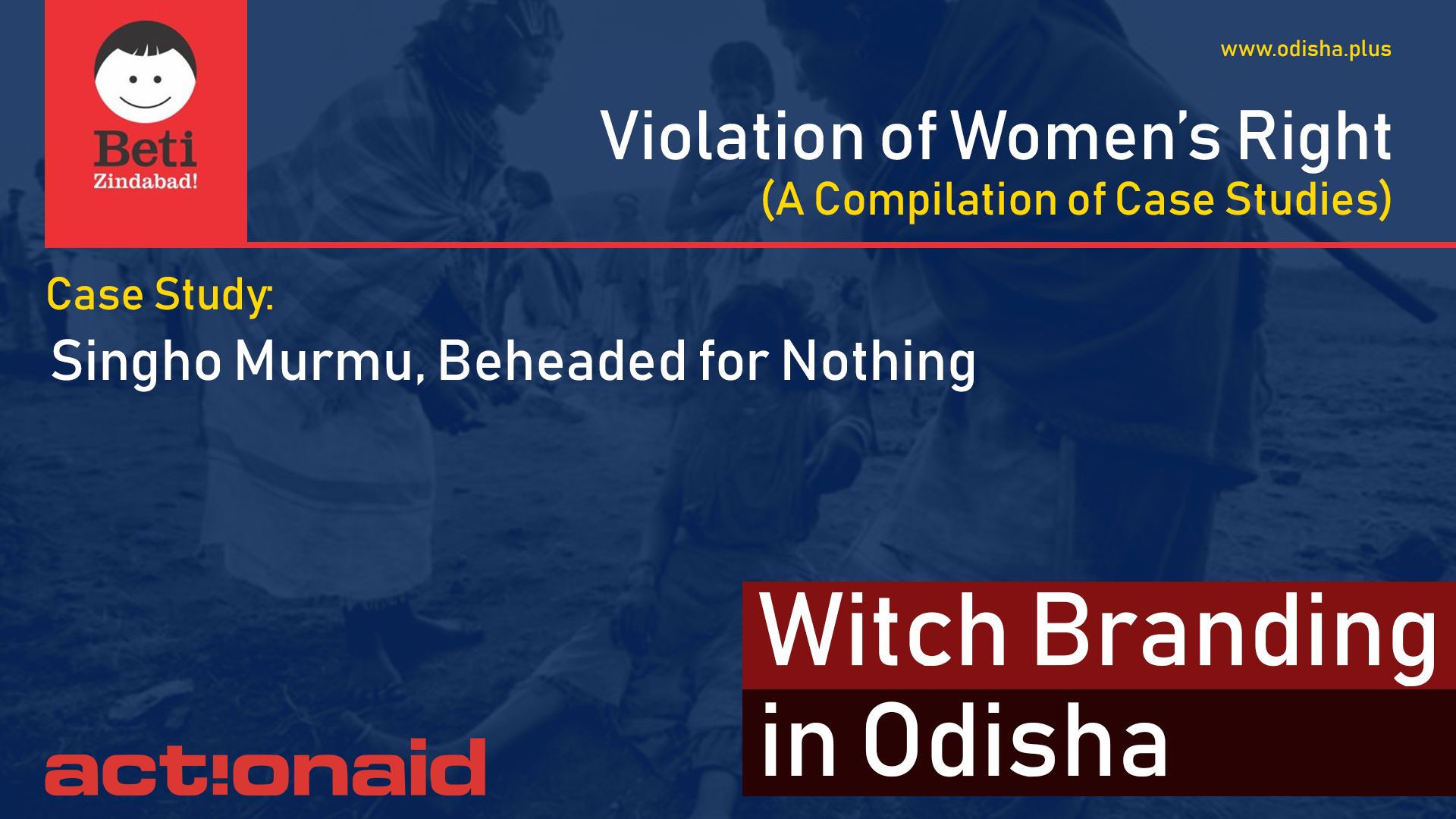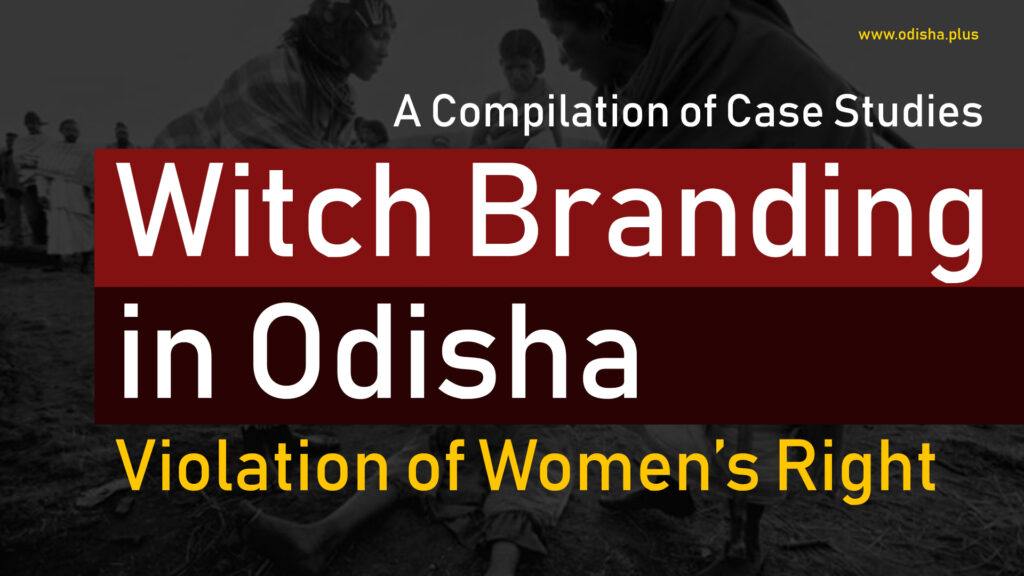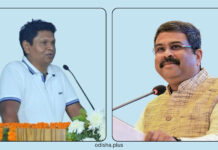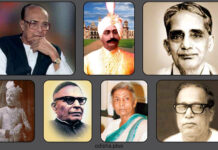OdishaPlus Bureau

According to noted Sarvodaya activist Dr. Biswajit Ray, unless the socio-economic conditions are improved in these backward areas these type of witch hunting will continue. There has to be more schools, hospital, clean water supply, better roads, in order to weaken people’s belief in witch craft. Systematic steps should be taken to educate the people and break superstitions like witchcraft.
Little did Singho Murmu know what fate awaited her as she struggled to make ends meet after her husband’s death?
Singho Murmu, 50 years old, of Dighi village Jamda area of Mayurbhanja district was strangulated to death and later beheaded and her arms and legs chopped up by two brothers who accused her of practicing witch craft.
On August 16 night 2015 accused Sundar Mohan Murmu, 42 and his elder brother Fakir Murmu, 45 strangulated Singho Murmu to death with the help of a towel while she was alone in her house. Later the accused packed her body in a gunny bag and carried it on a bicycle to the Rugudidihi hill. Here they beheaded her besides chopping off her hands and legs to give an impression that the woman was eaten by wild animals.
They then threw away her body parts at different places in the jungle. On July 27 Sundar Mohan Murmu’s 11 year old daughter Sami had died of malaria. But Murmu’s brothers believed that it was the fallout of witchcraft practiced by the widow. Sundar Mohan’s suspicion further grew when his elder son Jeetray complained of illness on August 13. Sundar Mohan then planned to eliminate the widow.
On August 18 Rairangpur police seized the body parts from Rugudihi hill along with the cycle and axe. Police also arrested the accused Sundar Mohan Murmu and his elder brother Fakira Murmu. The accused were remanded in judicial custody after their bail pleas were rejected, accused were booked under 302, 307 and 34 of IPC and Prevention of Witch Hunting Act-2013 Section-4.

Round 50 tribal families live in the village and depend on forest for their existence. They collect kendu leaves, rosin, mahula, woods etc. from the forest. A few have some cultivable land. The roads are in poor condition. The village primary school is also three kms away from the village. There is no hospital in the village or health awareness. If a villager is ill he or she has to walk to the hospital 15 kms away from the village. They depend on the water from streams or pond for drinking.
Ironically when the villagers suffer from any kind of disease they believe that it is the work of a witch. The villagers are unaware of symptoms of most common diseases, like malaria, and its common treatment.
According to noted Sarvodaya activist Dr. Biswajit Ray, unless the socio-economic conditions are improved in these backward areas these type of witch hunting will continue. There has to be more schools, hospital, clean water supply, better roads, in order to weaken people’s belief in witch craft. Systematic steps should be taken to educate the people and break superstitions like witchcraft.
Advocate Rabi Goswami said, “witch hunting continues in the area, attacks on innocent people have been increasing. Without lodging complaints against the person at police station, villagers give them punishment in the Kangaro court. The local police and district official should seriously take up the issue as they deal with the common rural people every day. They should create awareness among the people about witch hunting.”
(Source: ‘Witch Branding in Odisha: Violation of Women’s Rights’, a compilation of Case Studies by ActionAid, Odisha.)





















